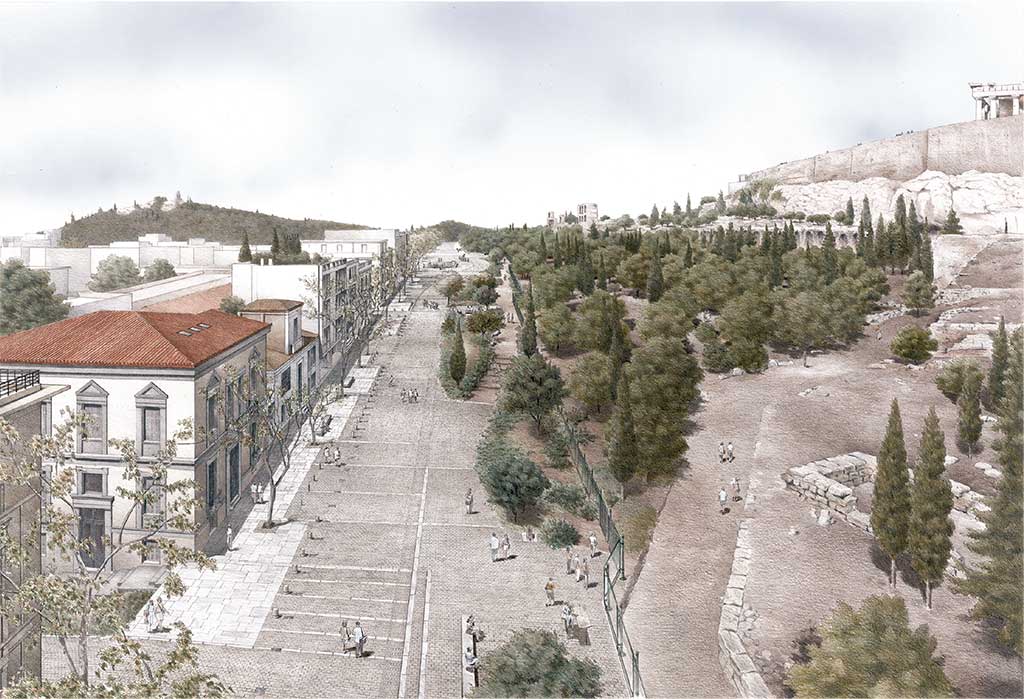

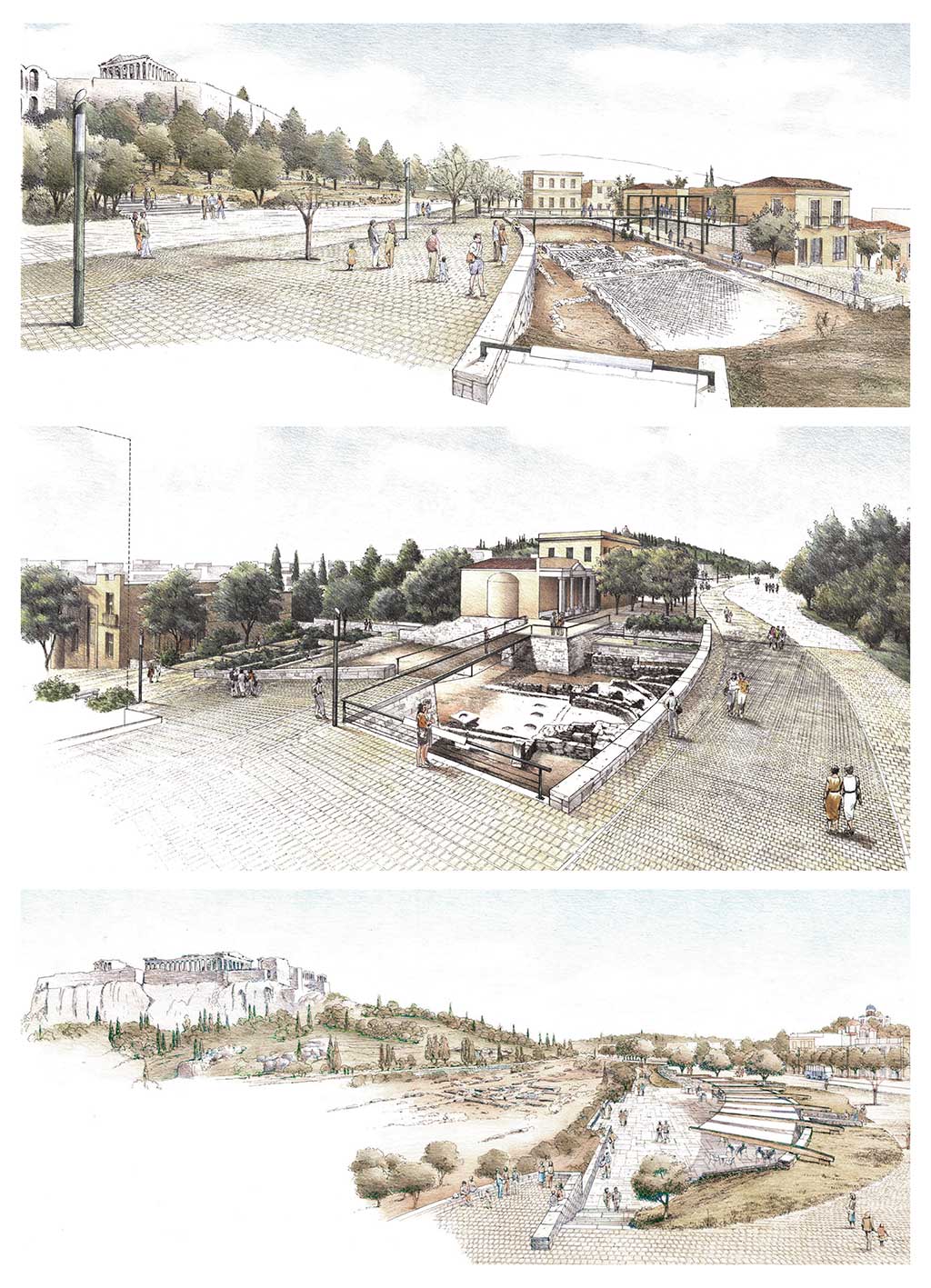

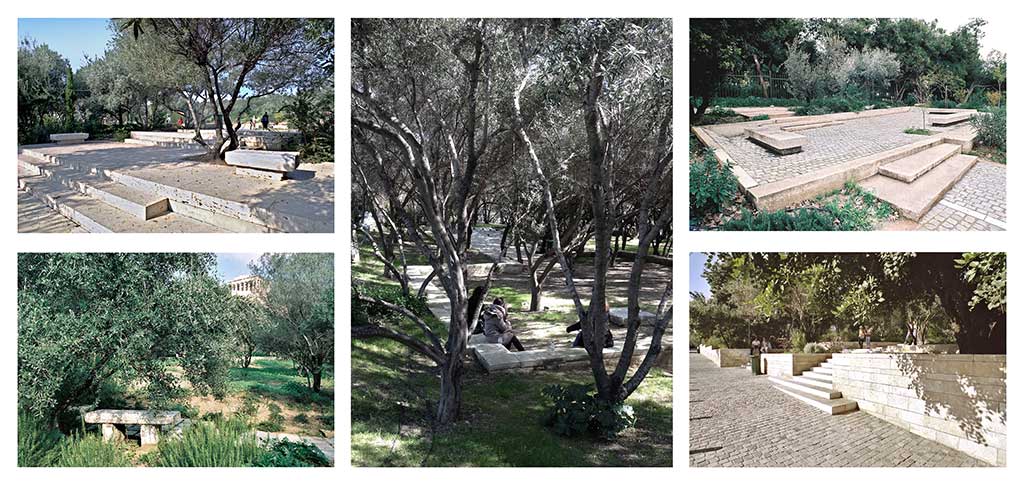
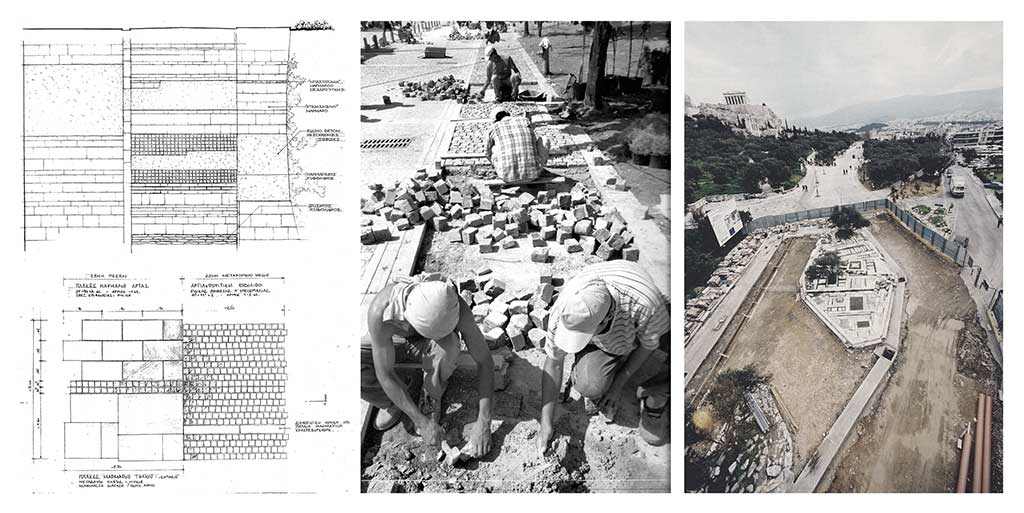
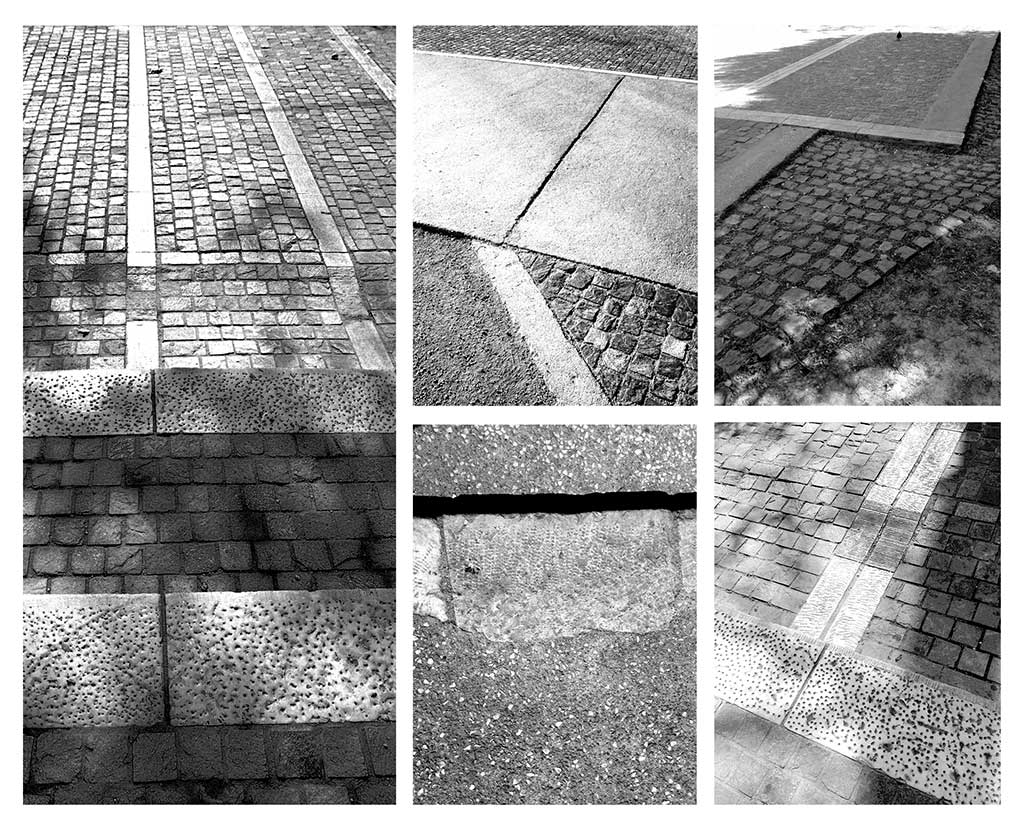
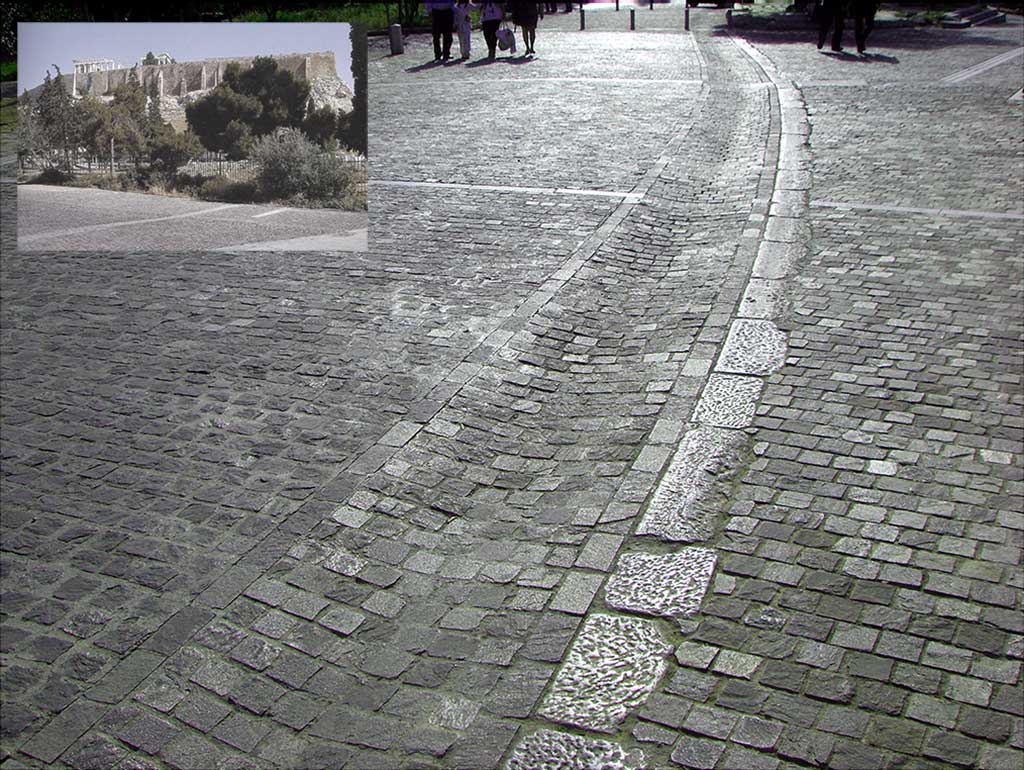
THE ACROPOLIS GREAT PROMENADE (delivered in 2004)
Creation of the 3km long central network of pedestrian and public spaces at the foot of Acropolis, as the spine unifying 6 major archaeological sites in the city center. Design, detailing, working drawings, tender documents, urban planning and design suggestions for the building facades on all streets within the assigned area, and construction supervision of works on Dion. Areopagitou St. A joint collaboration of 4 architectural offices represented by D.Diamantopoulos, shared the 1st prize of the architectural competition (1997) and the architect of the year award for the finished project (2004). Total area of intervention: 45.000 m²
Architects:
50% PLEIAS Ltd/D.Diamantopoulos-
O. Viggopoulos-K. Giouleka
50% A. Zervas, M. Kaltsa-J. Panagos-
V. Papandreou, K. Palyvou
Traffic/civil engineer: A. Apostoleris. Mechanical/electrical engineer: S. Nikolaou. Environmental study: N. Hlykas & collaborators Ltd. Perspectives: P. Zervos. Special advisor:
A. Papageorgiou-Venetas. Tender documents:
G. Gougas. PROJECT COMMISSIONED BY 'EAXA SA' (Unification and Rehabilitation of Archeological Sites of Athens SA). Project manager: Th. Galani
It took 6 years of work to respond to the project's complexities, and deliver results in 2004 just months before the start of the Olympic Games. The prime task was to pedestrianize a busy motorway that separated the urban front of building facades, and the archaeological sites with their natural terrain. Also, to rehabilitate the sequence of all public spaces along the eastern and southern slopes of Acropolis, providing planning and appropriate design to cater for hard use, reversibility (due to future excavations) and the convenience of millions of visitors per year. The urban re-organization in terms of land use, building code, mobility pattern, regulations, suggestions for demolitions and street long facade upgradings, were also part of the project.
The overwhelming requirement was to come to terms with the 5.000 year old city; the transformation was ruled by an awe for the monuments, which led to our choice of a discreet aesthetic approach. We decided to apply a 'carpet' of natural pavement to subtly splice fragmented pieces of city-monuments-nature, and minimal aesthetics to allow for their serene, unobstructed reading. Also to create small scale seating areas for rest and meditation, plantings with particular indigenous species and peaceful pathways through which to engage in a dialog with the terrain. Setting infrastructures and networks demanded meticulous research; digging under the asphalt revealed findings that the field archaeologists only had a few days to search further before filling back the digs, in order for proper excavations to be planned for the future.
The selection of materials with appropriate physical and mechanical characteristics, proved a project in itself; for months we looked for a particular gneiss-schist mineral stone which had been used in antiquity for flooring in the form of slabs. We tested the materials extensively to define shape, size and surface texture. Respect for the existing masterly pavements by Pikionis instructed us to use a minimal design language in the pavement, and the compositions incorporating recycled marble curbings and slabs, set a standard for pavements in the city. Tinos marble slabs were used in front of the building entries, and compressed earth on pathways.